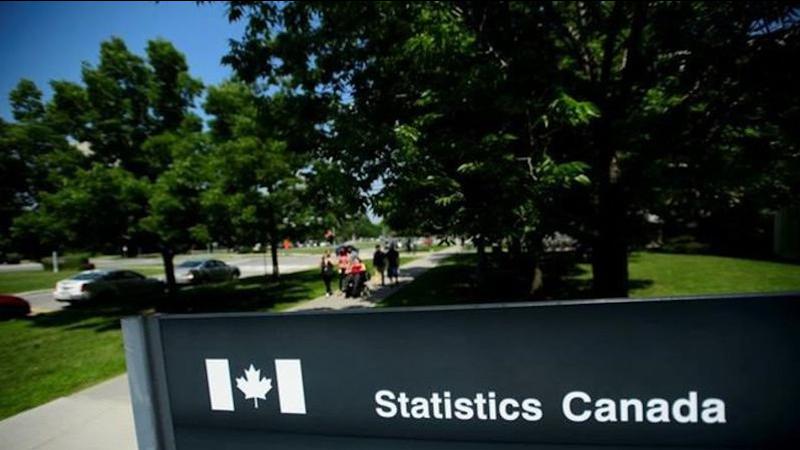
Canada’s unemployment rate remains at historic low of 4.9 per cent
Canada’s unemployment rate stayed at a historic low of 4.9 per cent in July, remaining unchanged from June as the country continues to face a labour shortage.
In its latest labour force survey, Statistics Canada says the economy lost 31,000 jobs, marking the second consecutive month of job losses.
The number of public sector employees fell, while the number of self-employed workers rose. There was little change in the number of private sector workers.
Canada’s labour market remains exceptionally tight, with over one million job vacancies. The unemployment rate is the lowest on record with comparable data from 1976.


